How do wildfires grow and spread?
How wildfires grow
Fuel
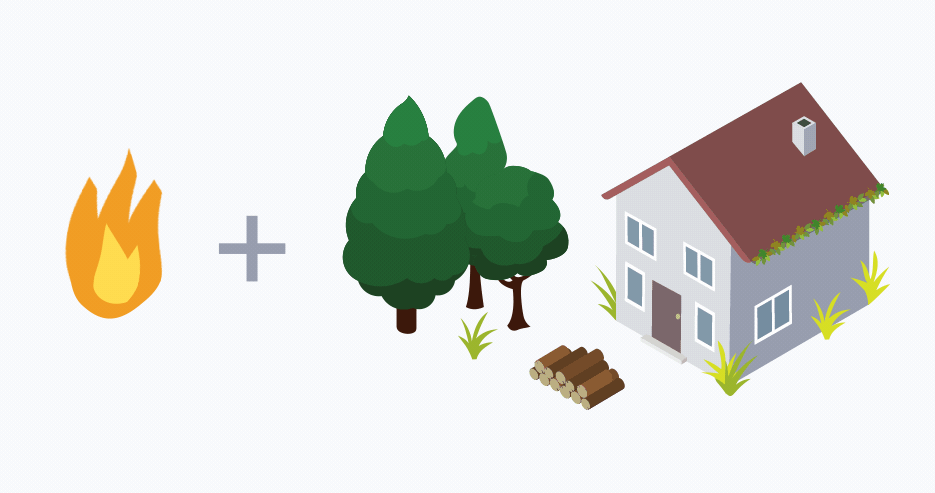
How wildfires spread
Embers
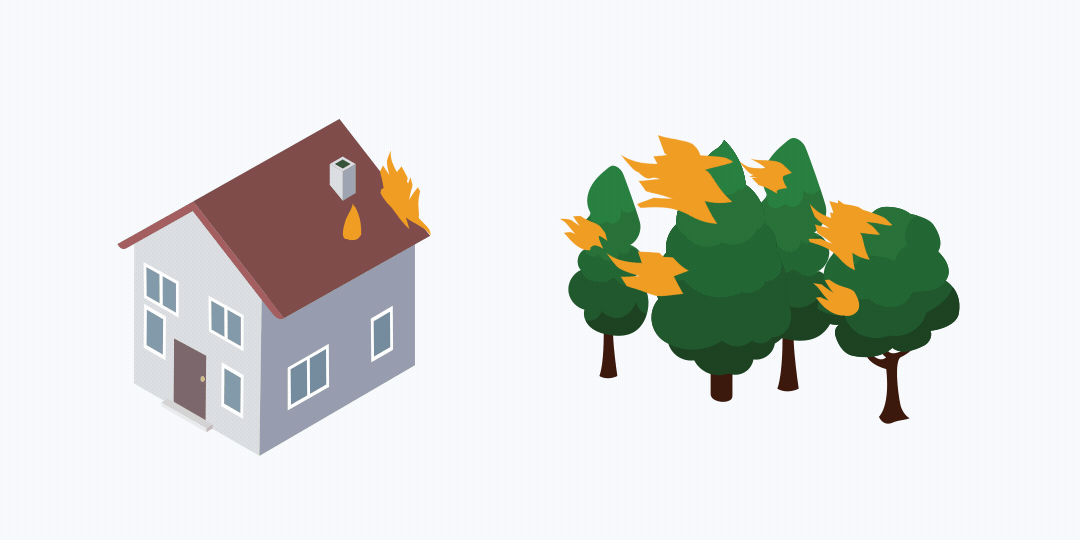
Continue reading about how wildfires grow and spread
How to create a FireSmart property
By taking action and creating a FireSmart property, you will dramatically increase the resistance of your home and property to damage caused by wildfire. The best part is, it's surprisingly easy to do. The actions recommended in this manual start from the home, and progress outward. Changes made to the area closest to your home, and your home itself, have the greatest potential to reduce the risk of wildfire damage.

The Home / Immediate Zone: 0 – 1.5 Metres
1
Assess the roof
Roofing materials: Fire-resistant or fire-retardant roofing is referred to as Class A-, B- or C-rated roofing. Options include metal, asphalt, clay and composite rubber tiles. Untreated wood shakes create a dangerous combination of combustible material and crevices for embers or firebrands to enter. Refer to manufacturer’s guidelines to maintain the fire resistance of your roof.
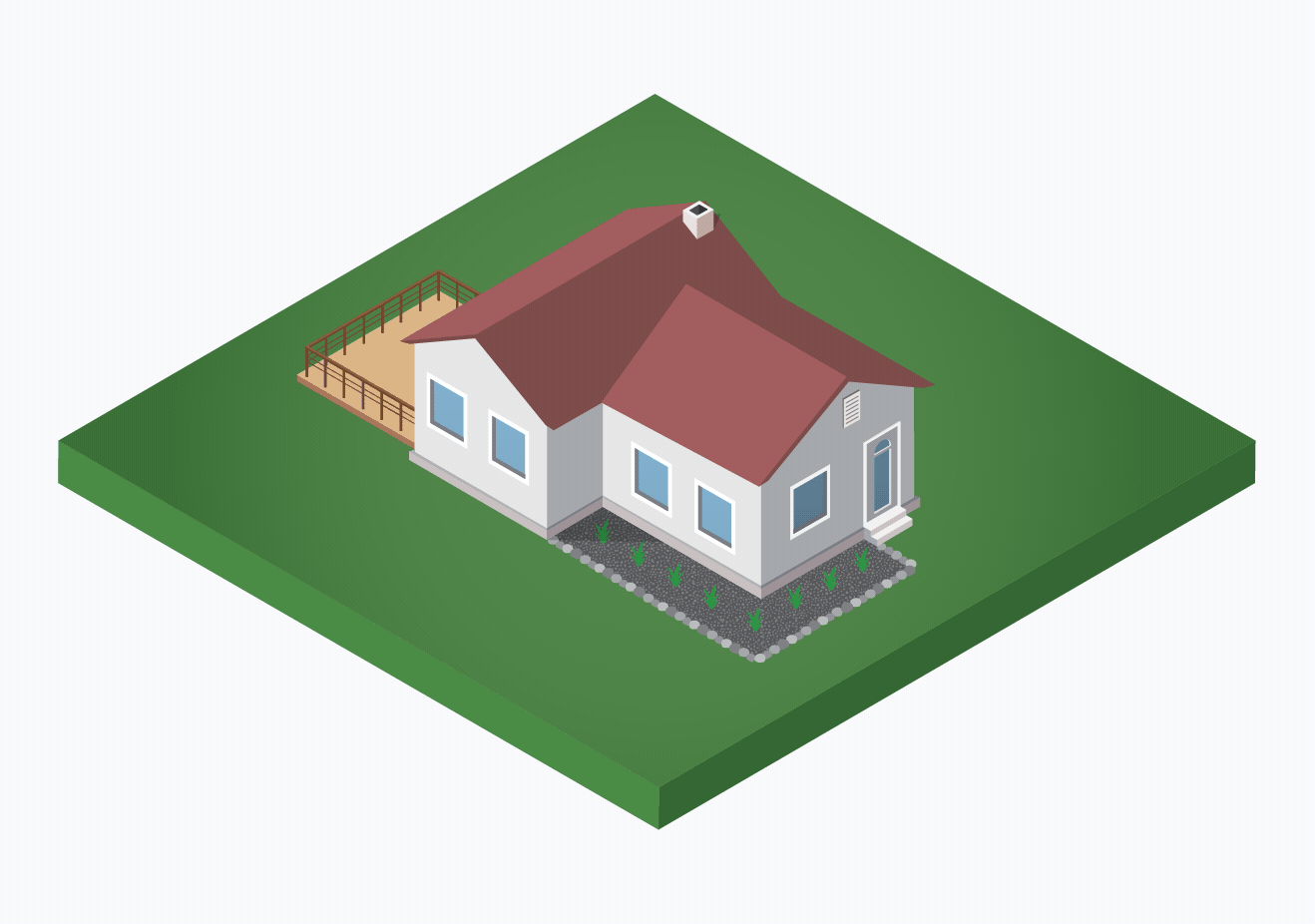
2
Install a spark arrestor on the chimney
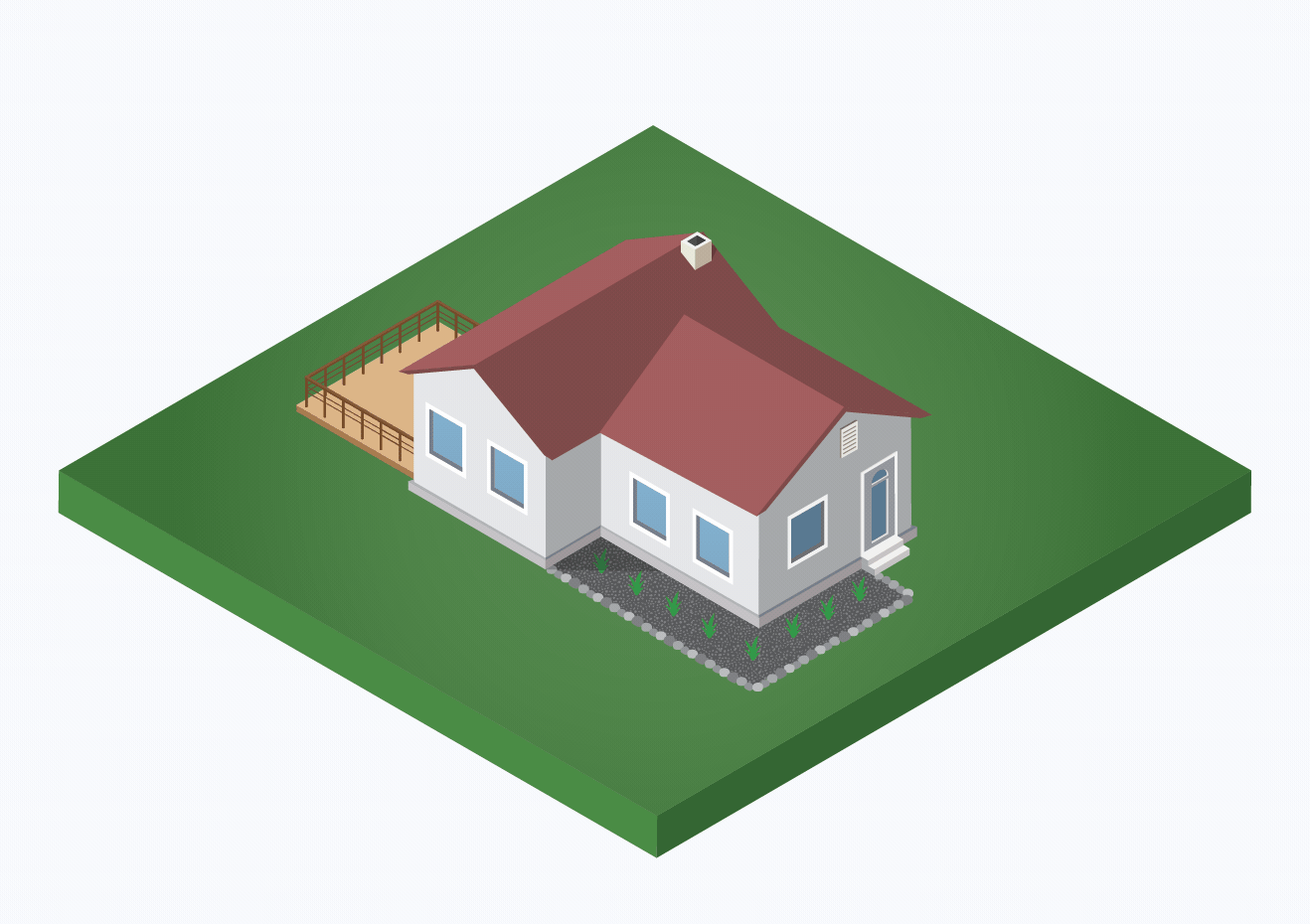
3
Keep gutters clean
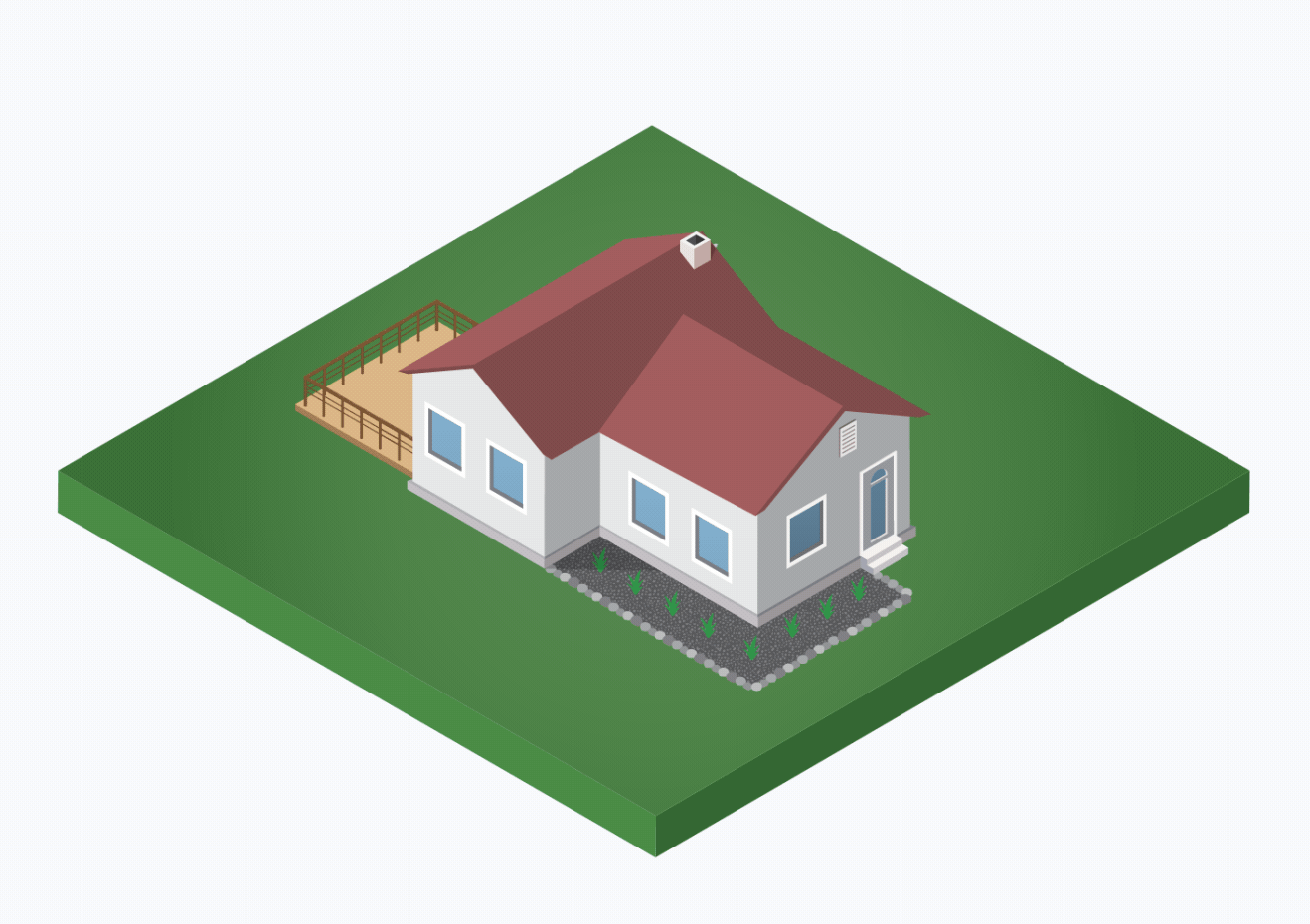
4
Assess eaves and vents
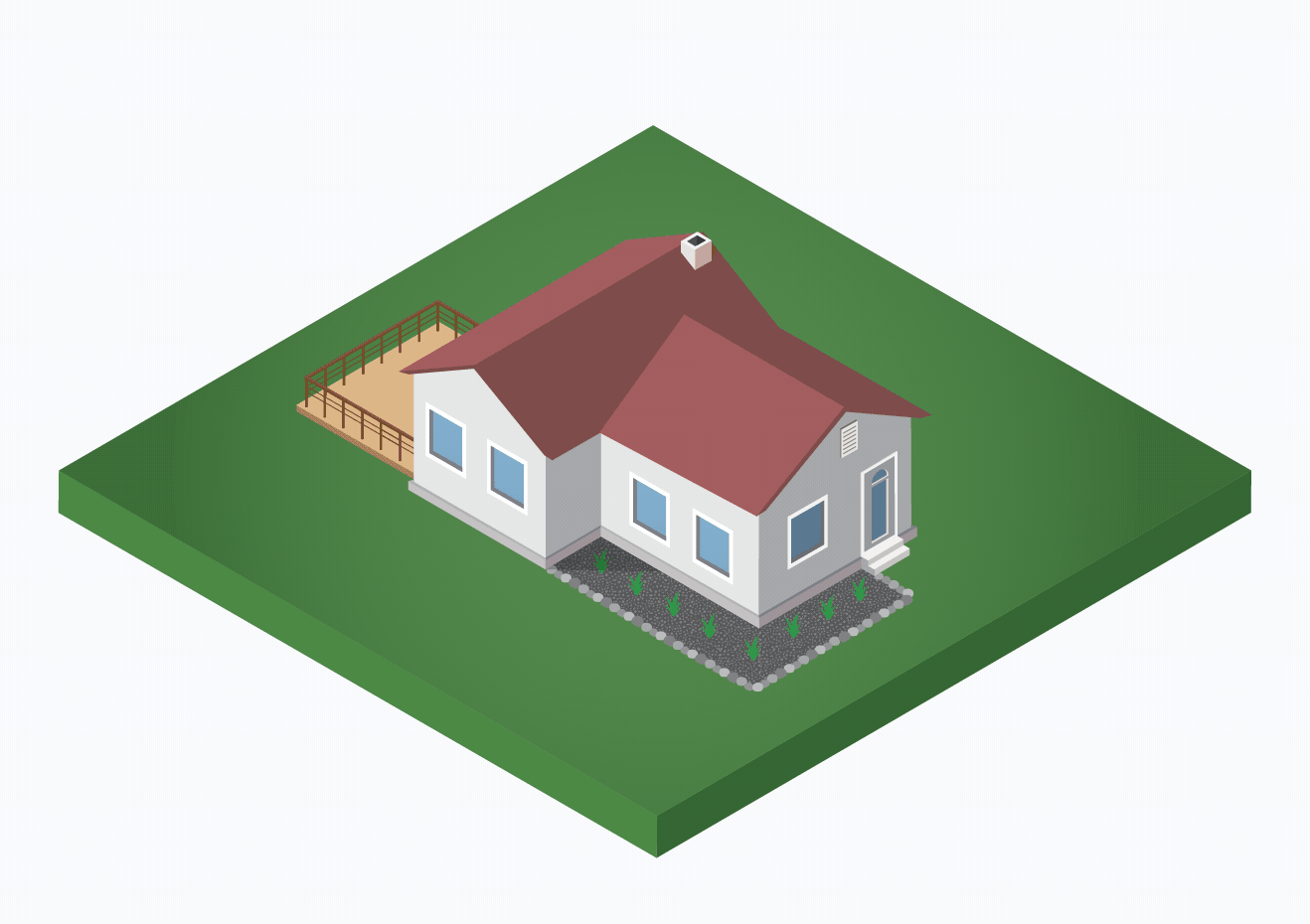
5
Use fire-resistant siding
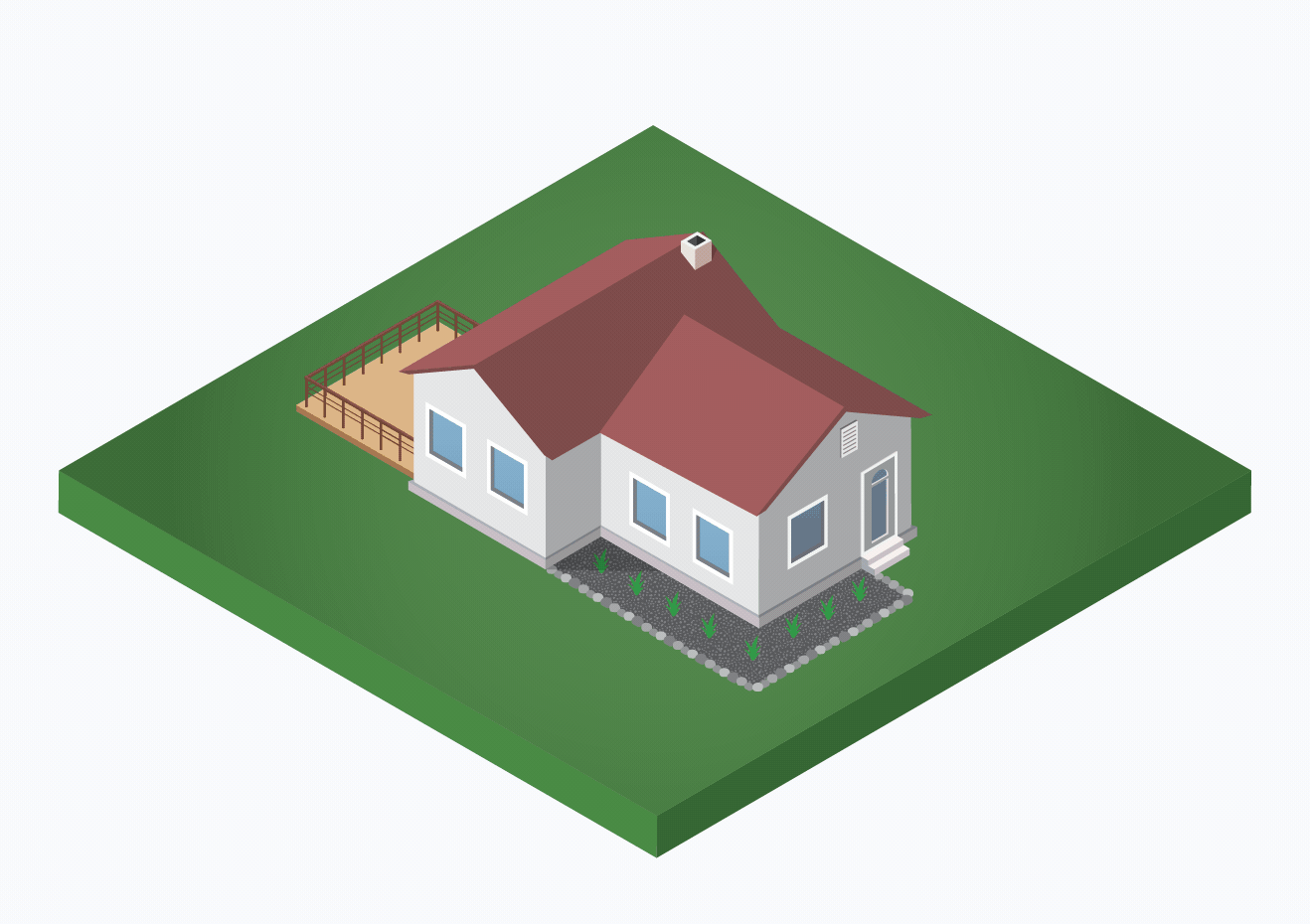
6
Install fire-resistant windows
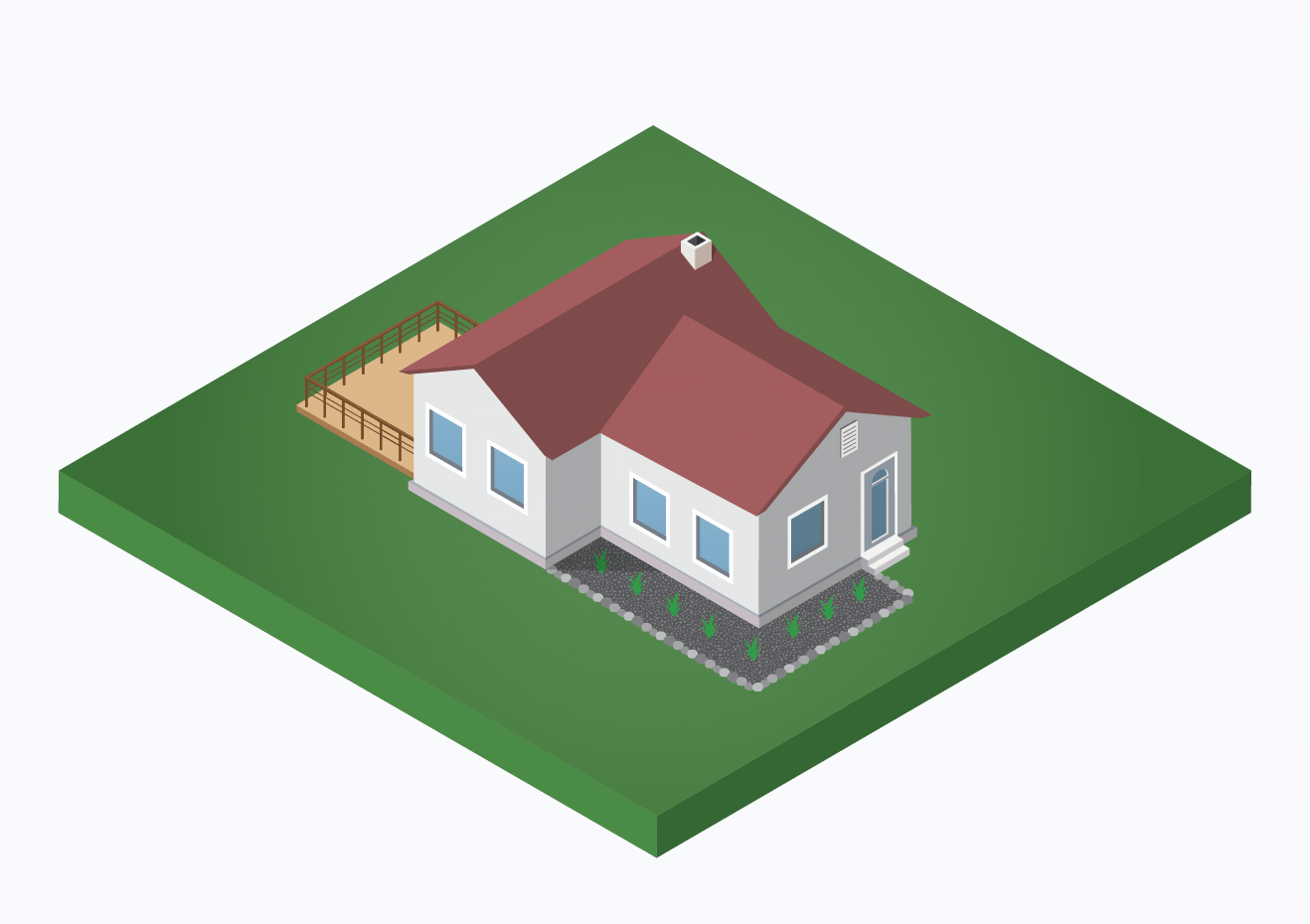
7
Ensure doors are fire-rated and have a proper seal.
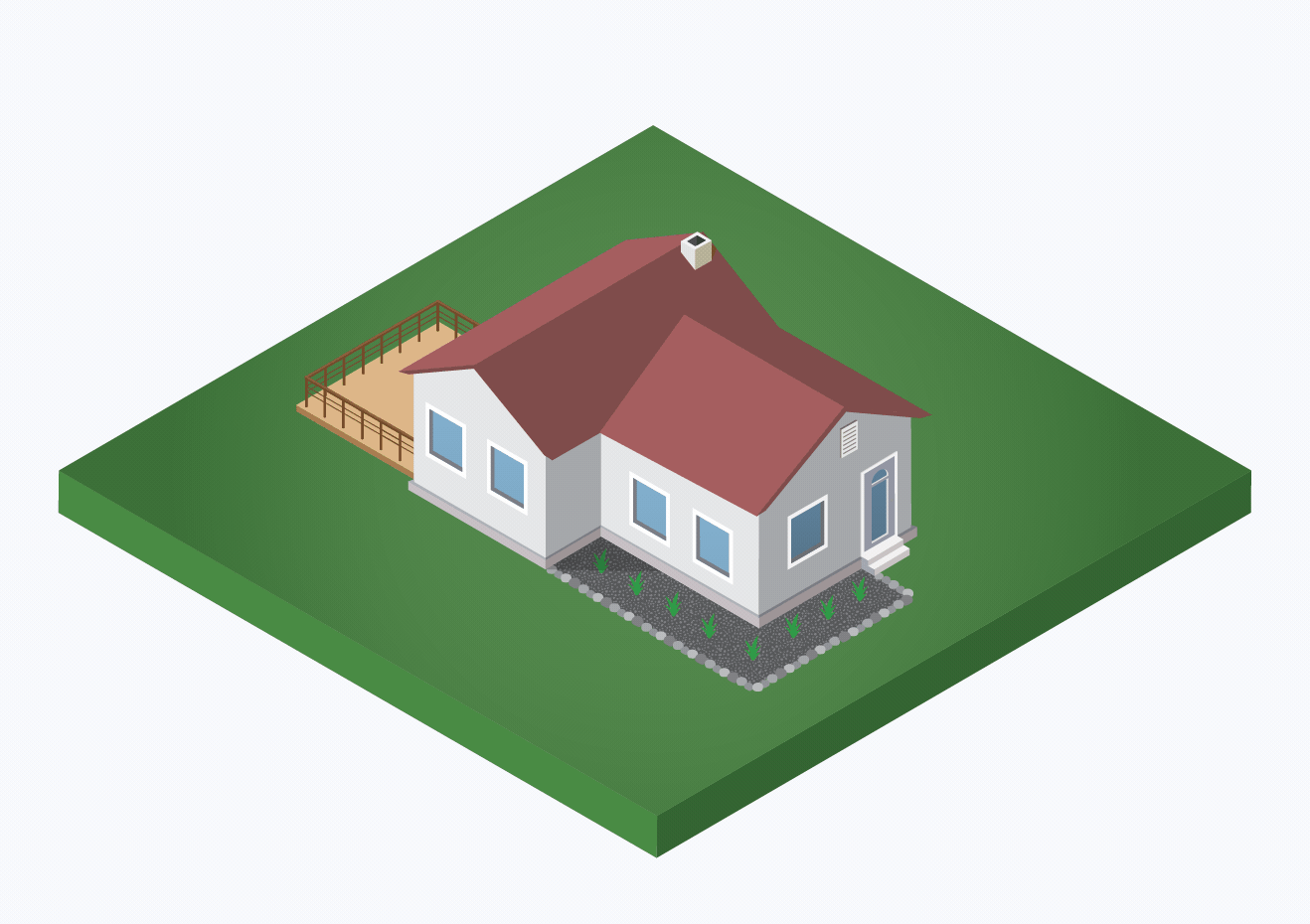
8
Clean under decks
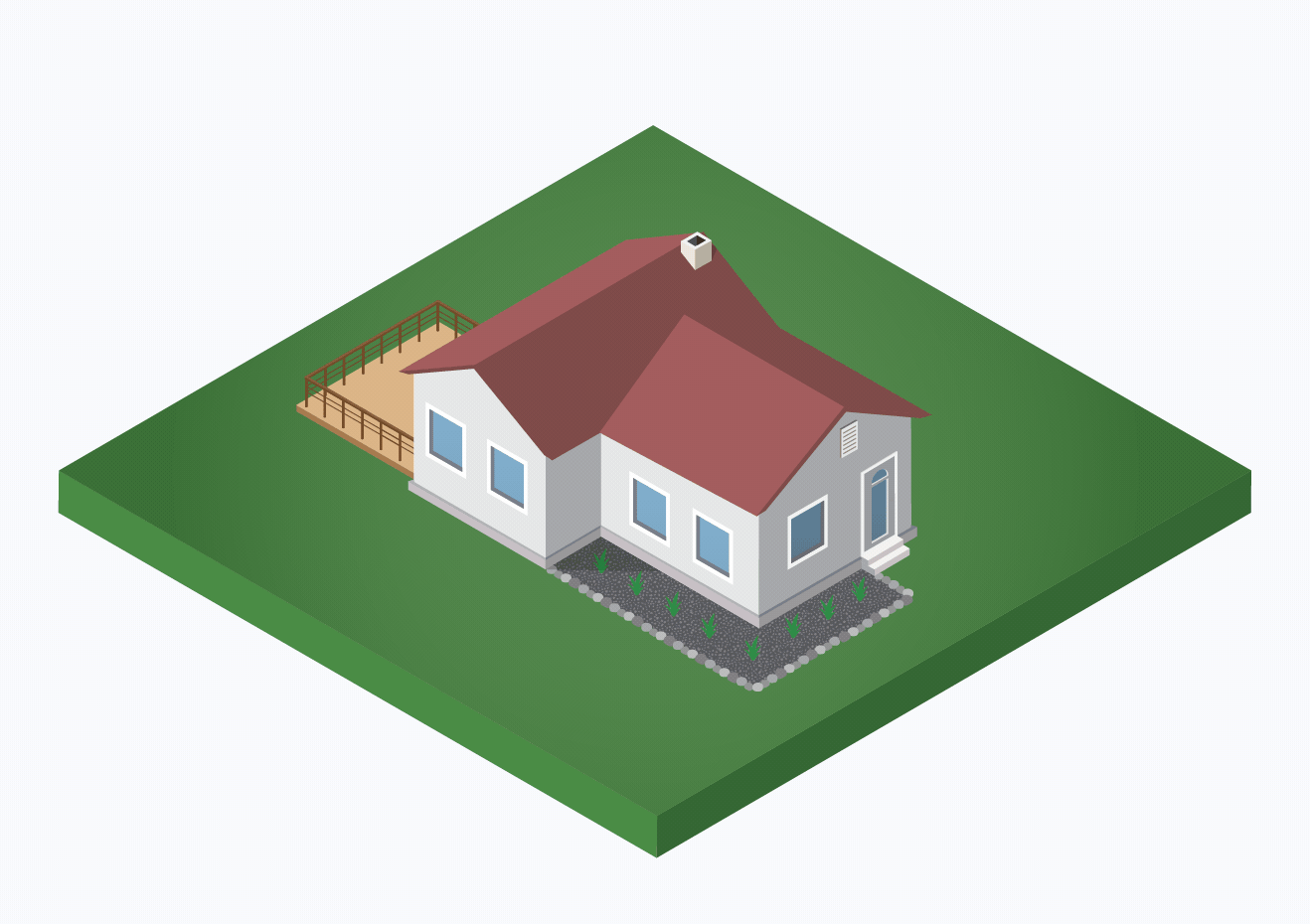
9
Separate any fencing to be at least 1.5 metres from the home

10
Maintain the exterior of the home
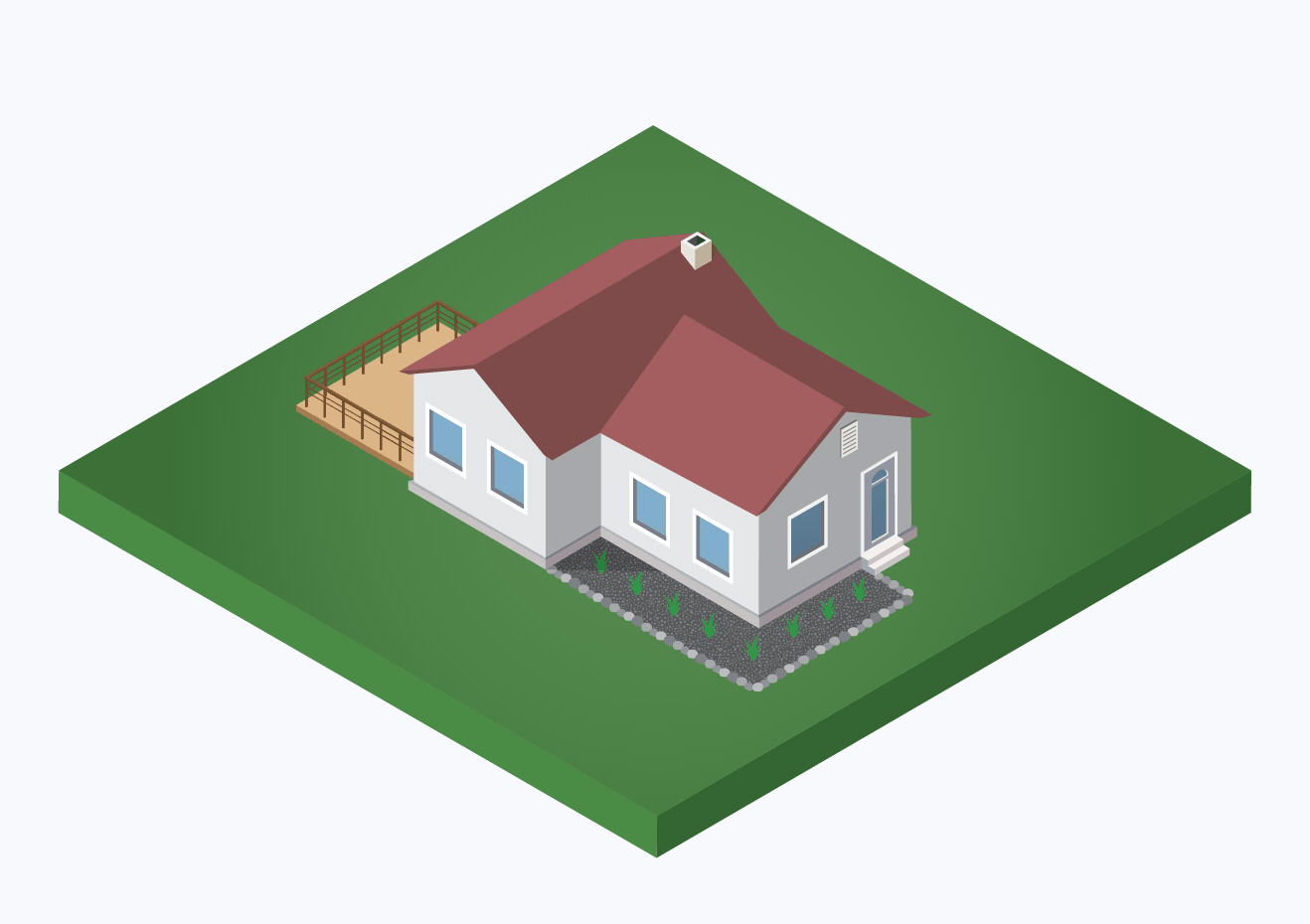
11
Don’t forget about outbuildings
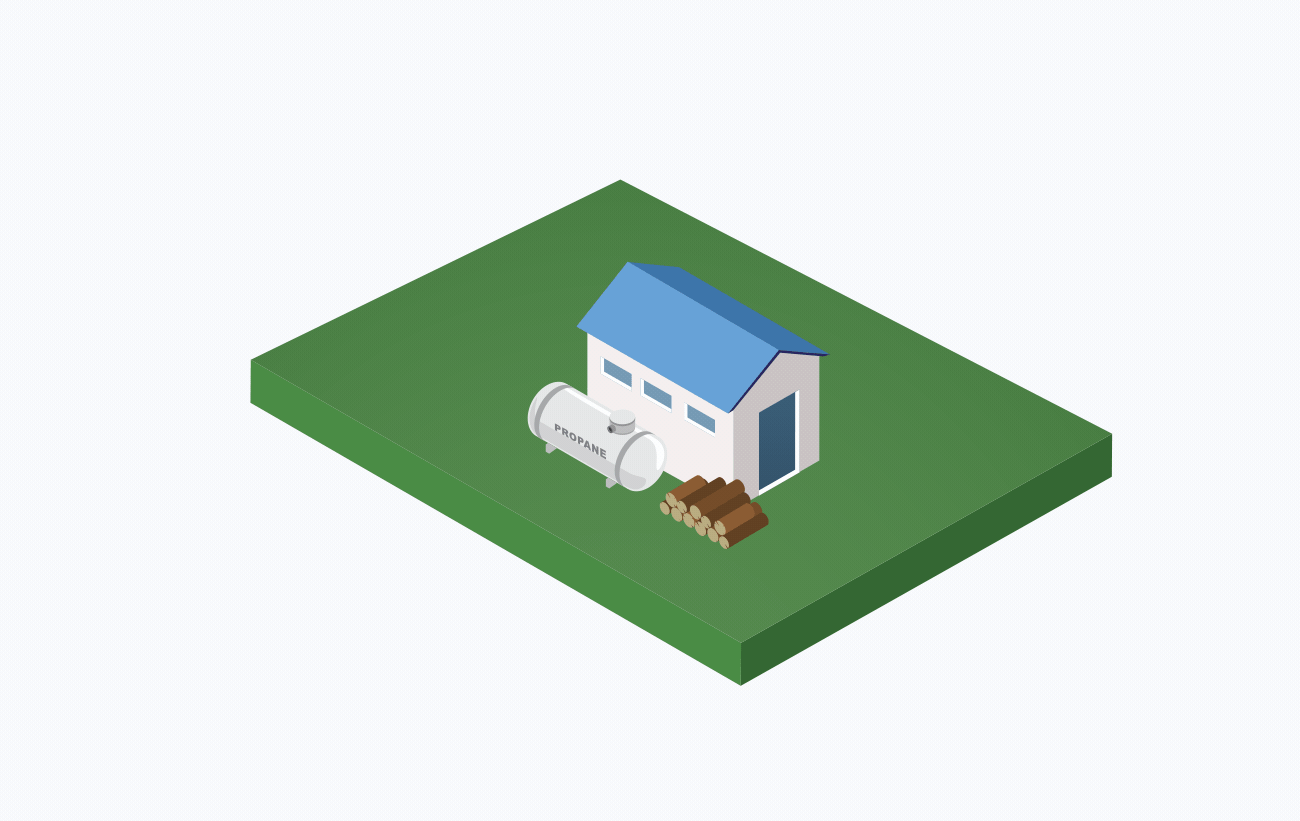
How Do Wildfires Grow & Spread?
How to FireSmart Your Property
The Home
Intermediate Zone
Extended Zone
Assess Your Home
Intermediate Zone: 1.5 - 10 Metres
The yard
A FireSmart yard includes smart choices for plants, shrubs, grass and mulch. Selecting fire-resistant plants and materials will increase the likelihood of your home surviving a wildfire.

Landscaping within 10 metres
Plant low-growing, well-spaced, fire-resistant plants and shrubs. Avoid having any woody debris present, including mulch, since it can provide places for fires to start. Make sure that you maintain a 1.5-metre, non-combustible zone around your entire home and any attachments. What is a non-combustible zone? It’s a surface of soil, rock, or stone, with no plants, debris or combustible materials.
Characteristics of fire-resistant plants
- moist, supple leaves
- minimal accumulation of dead vegetation
- water-like sap that produces little odour
- low amount of sap or resin material

Characteristics of highly flammable plants
- aromatic leaves or needles
- accumulations of fine, dry, dead material
- resin or oils
- loose, papery or flaky bark
Plants to avoid
- cedar
- juniper
- pine
- tall grass
- spruce
Grass

Bark mulch and pine needles
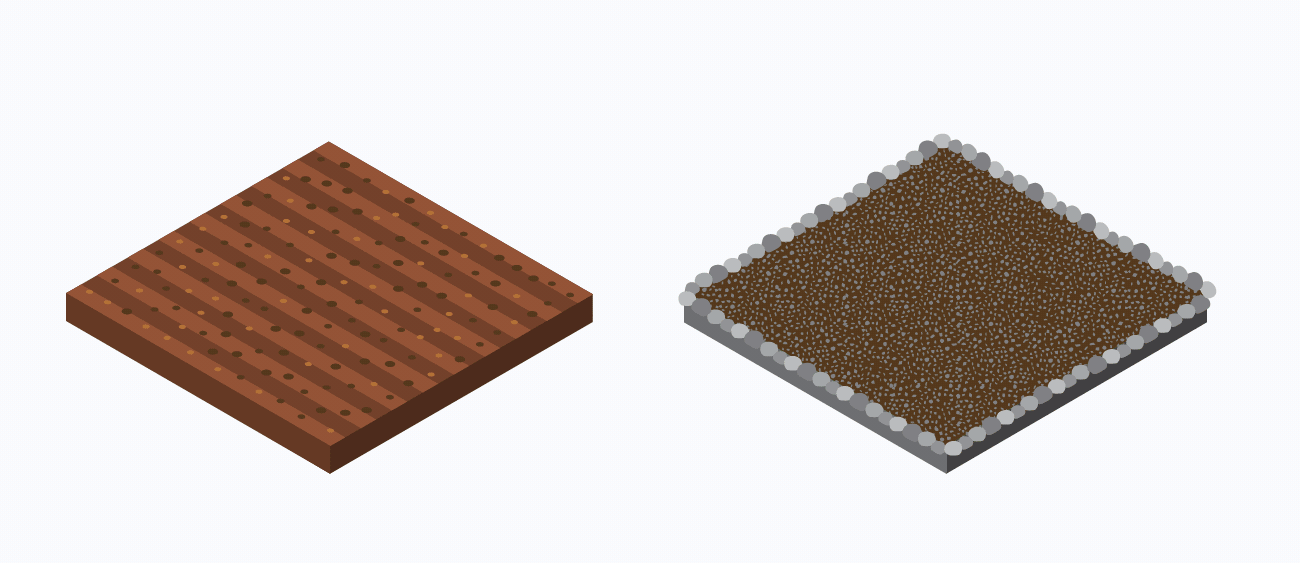
Firewood piles
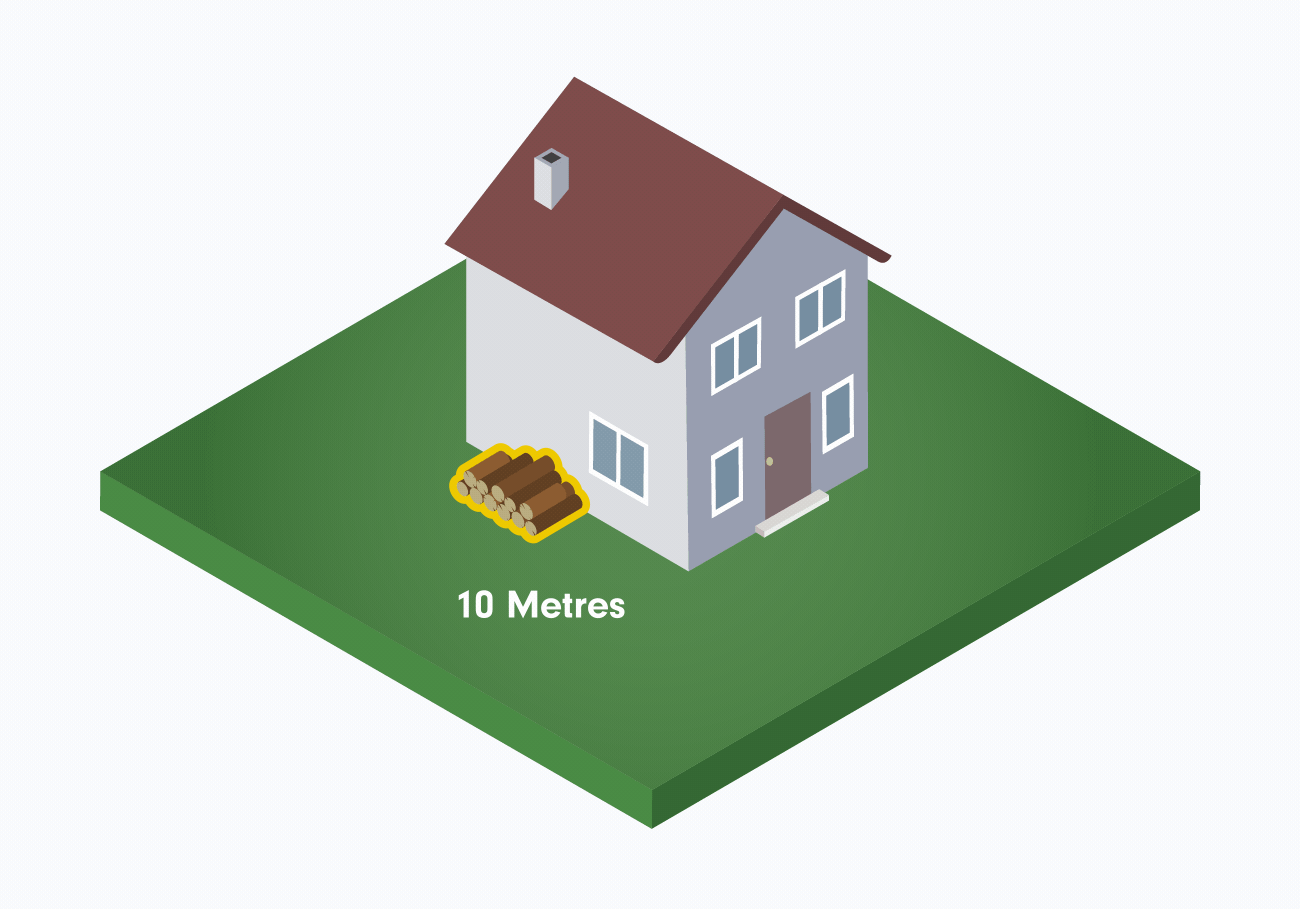
Burn barrels and fire pits
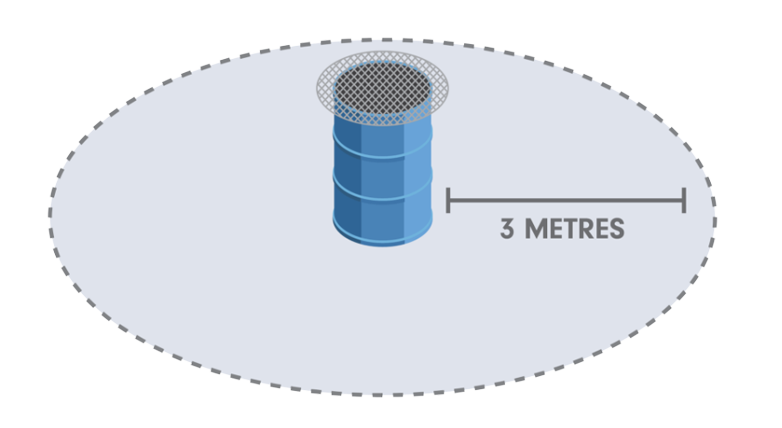
On-site fire tools
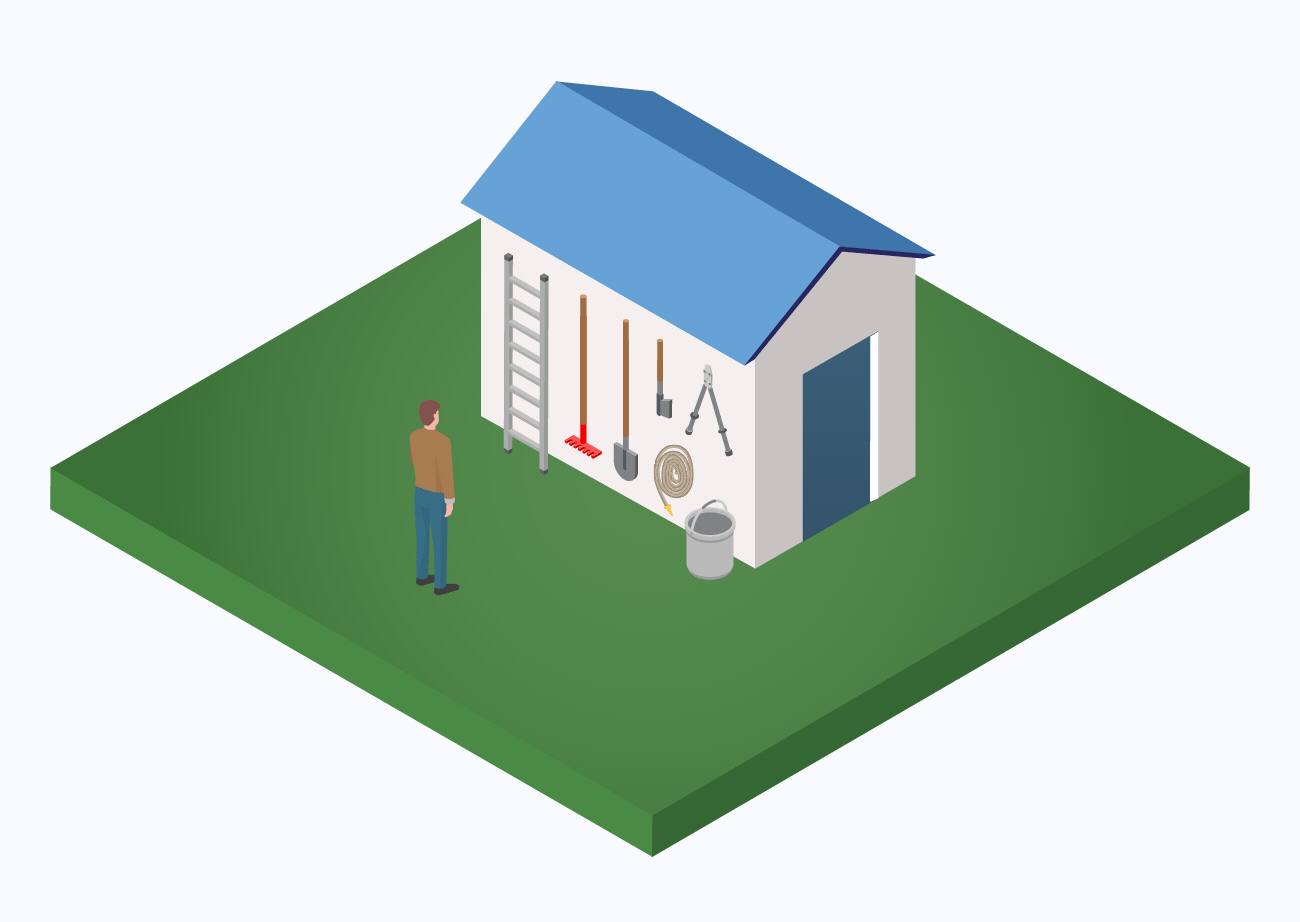
Power lines
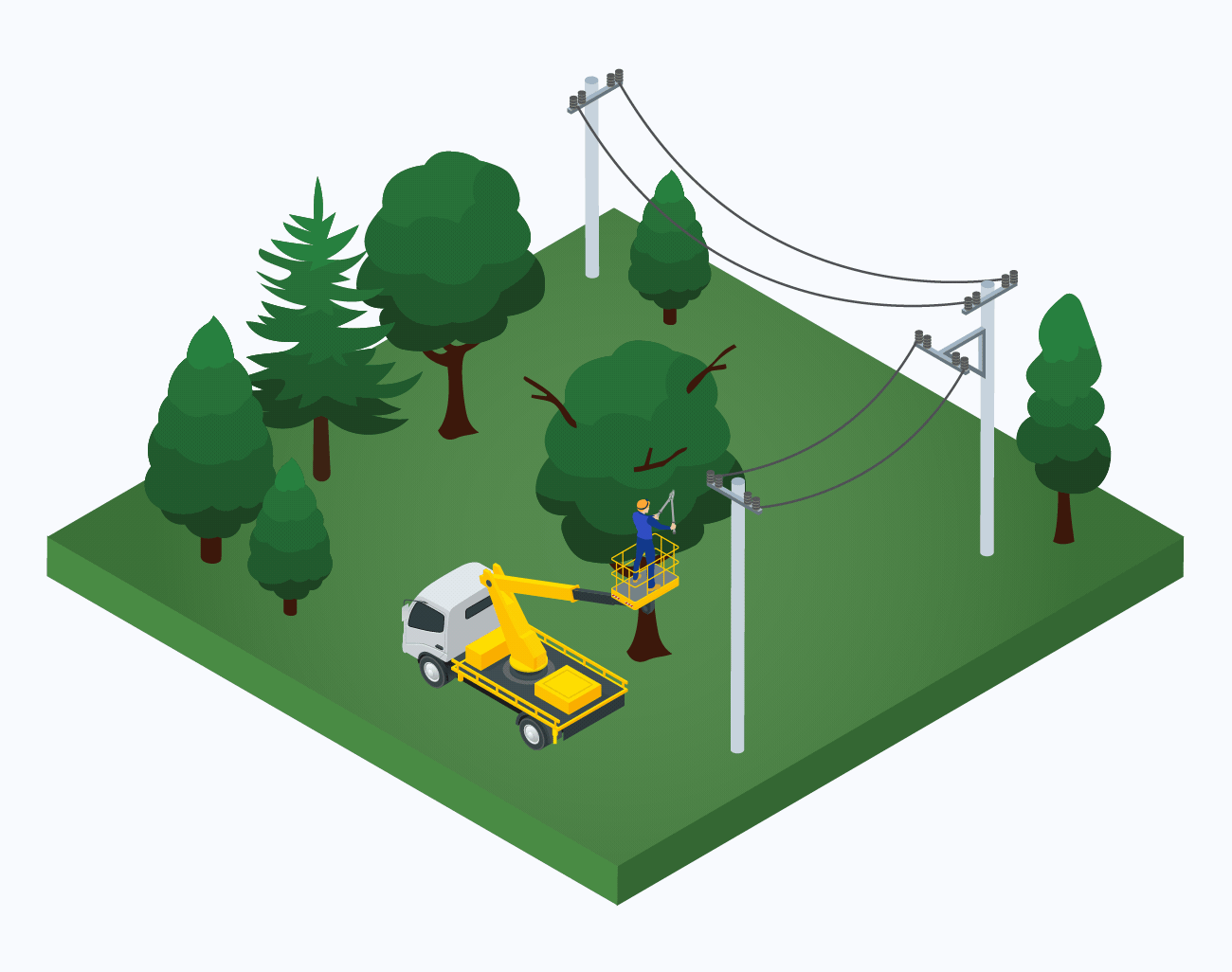
Trees
Which trees should you plant? Deciduous (leafy) trees are resistant to wildfire and include:
- poplar
- birch
- aspen
- cottonwood
- maple
- alder
- ash
- cherry

Maintaining trees
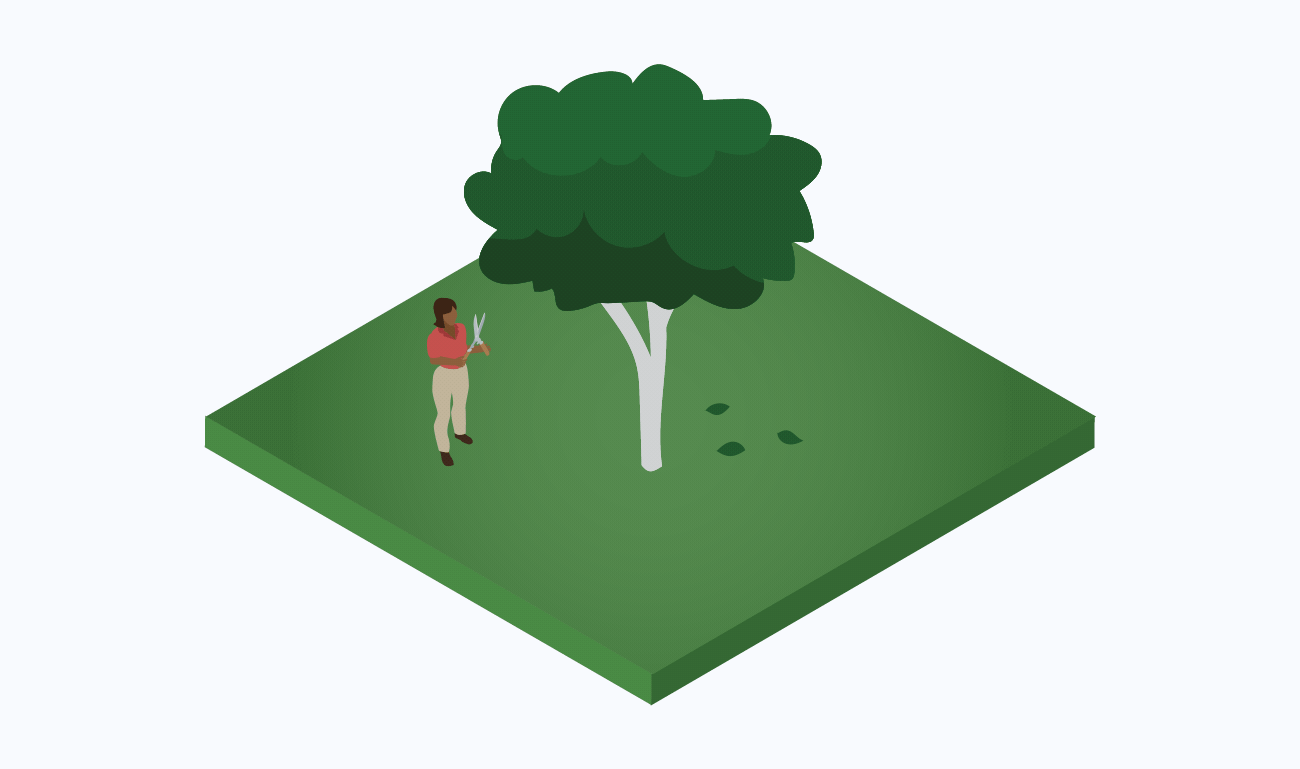
Trees to avoid
- spruce
- fir
- pine
- cedar
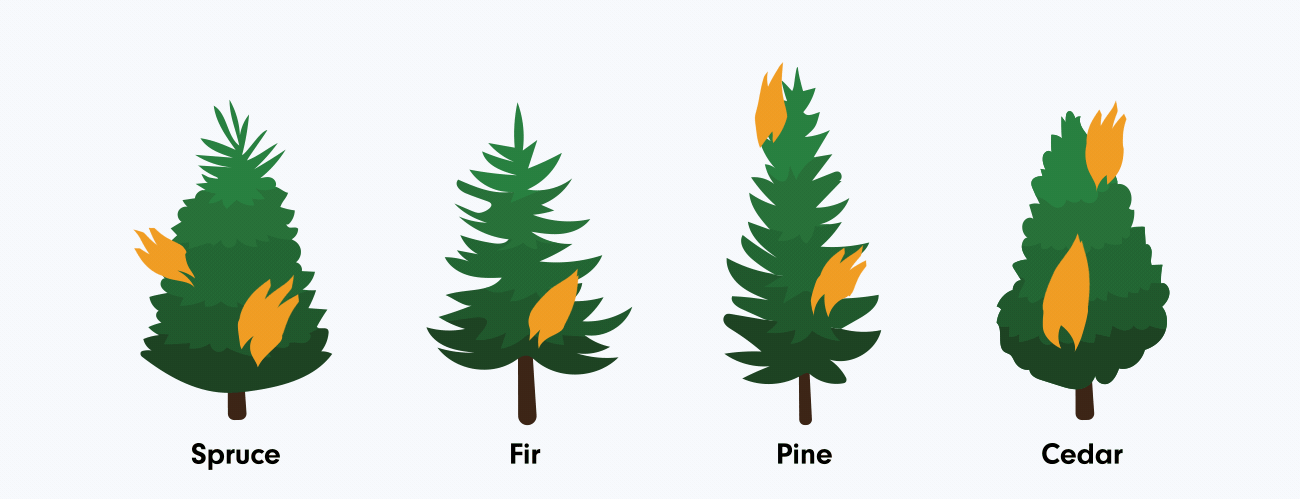
Want to learn more about FireSmart landscaping? Download the FireSmart Landscaping Guide for tips on how to make a more wildfire resistant yard.
Extended Zone: 10 - 30 Metres
Coniferous tree spacing

Removal of combustible material
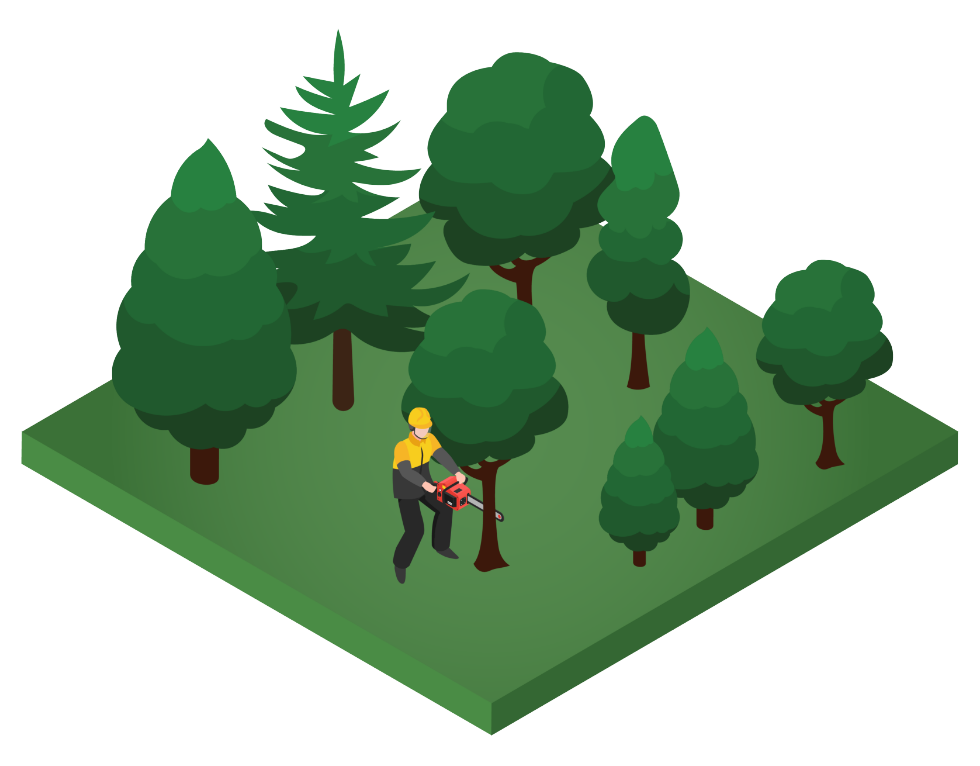
Tree pruning

When to prune

How to prune
- Prune branches close to the tree trunk, but not so close that you damage the main trunk and bark of the tree.
- Never remove more than one-third of the canopy of a tree. Doing so can harm the tree.
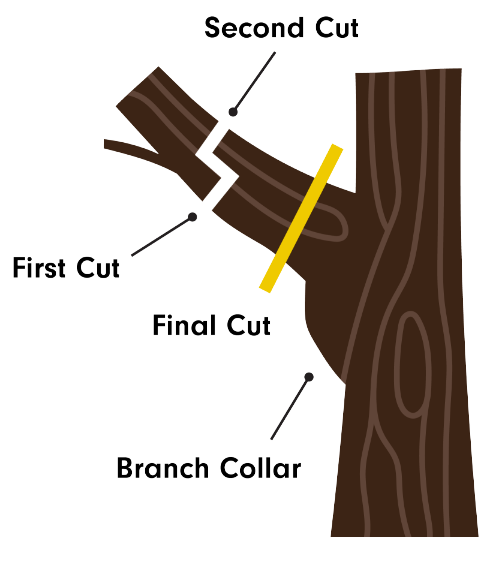
Roadways and driveways
- Clearly mark your property with your address.
- Clear vegetation from access routes to and from your home. Target trees and branches that could make it difficult for a firetruck to approach your home.
- If you have a large property, make sure that your driveway has a turnaround and, if possible, provide two access routes to your home.
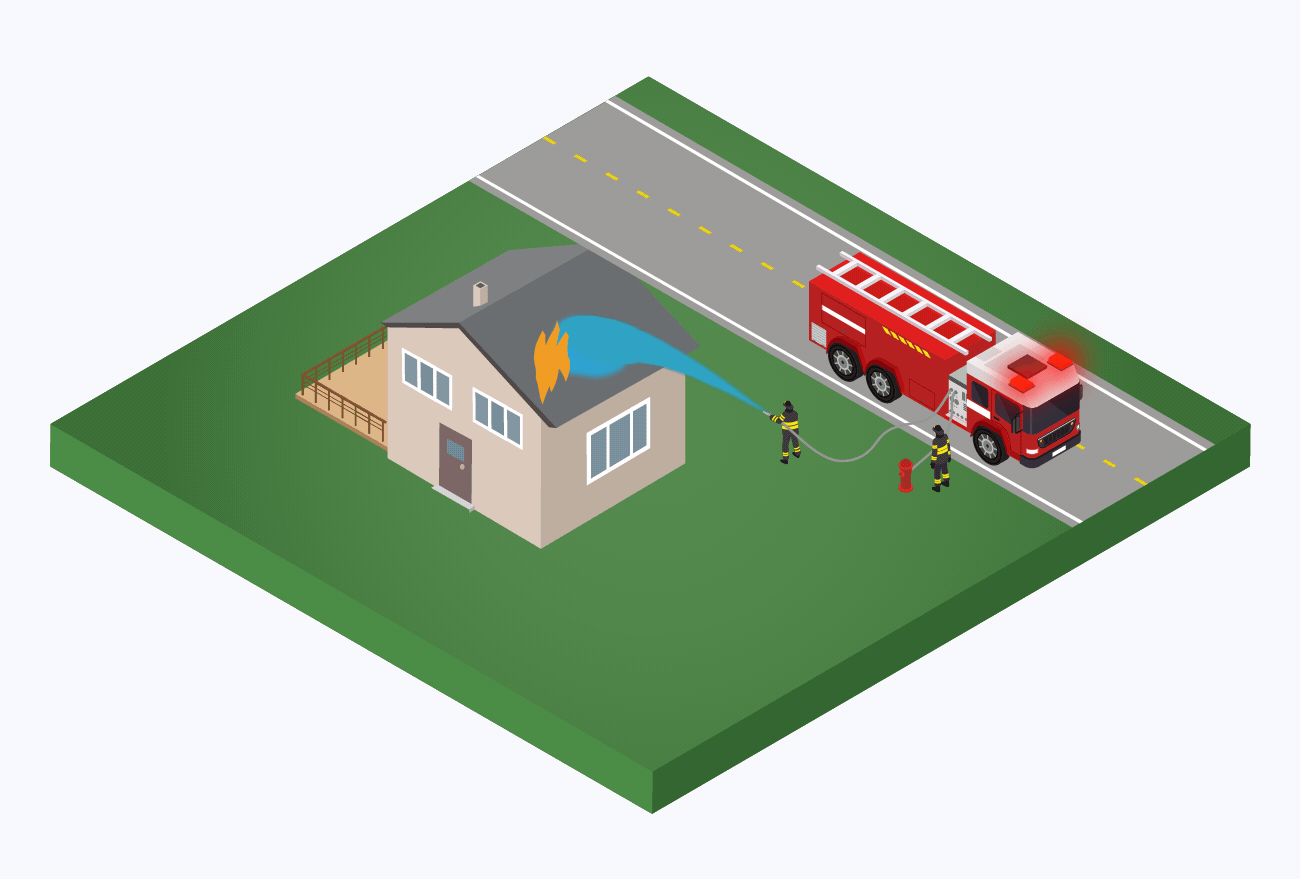
Your neighbourhood

The FireSmart Canada Neighbourhood Recognition Program
The FireSmart Canada Neighbourhood Recognition Program (FCNRP) recognizes neighbourhoods that:
- complete a neighbourhood assessment and FireSmart plan
- organize a local FireSmart committee
- host a FireSmart event, such as a clean-up day
- contribute in-kind or monetary support toward FireSmart actions
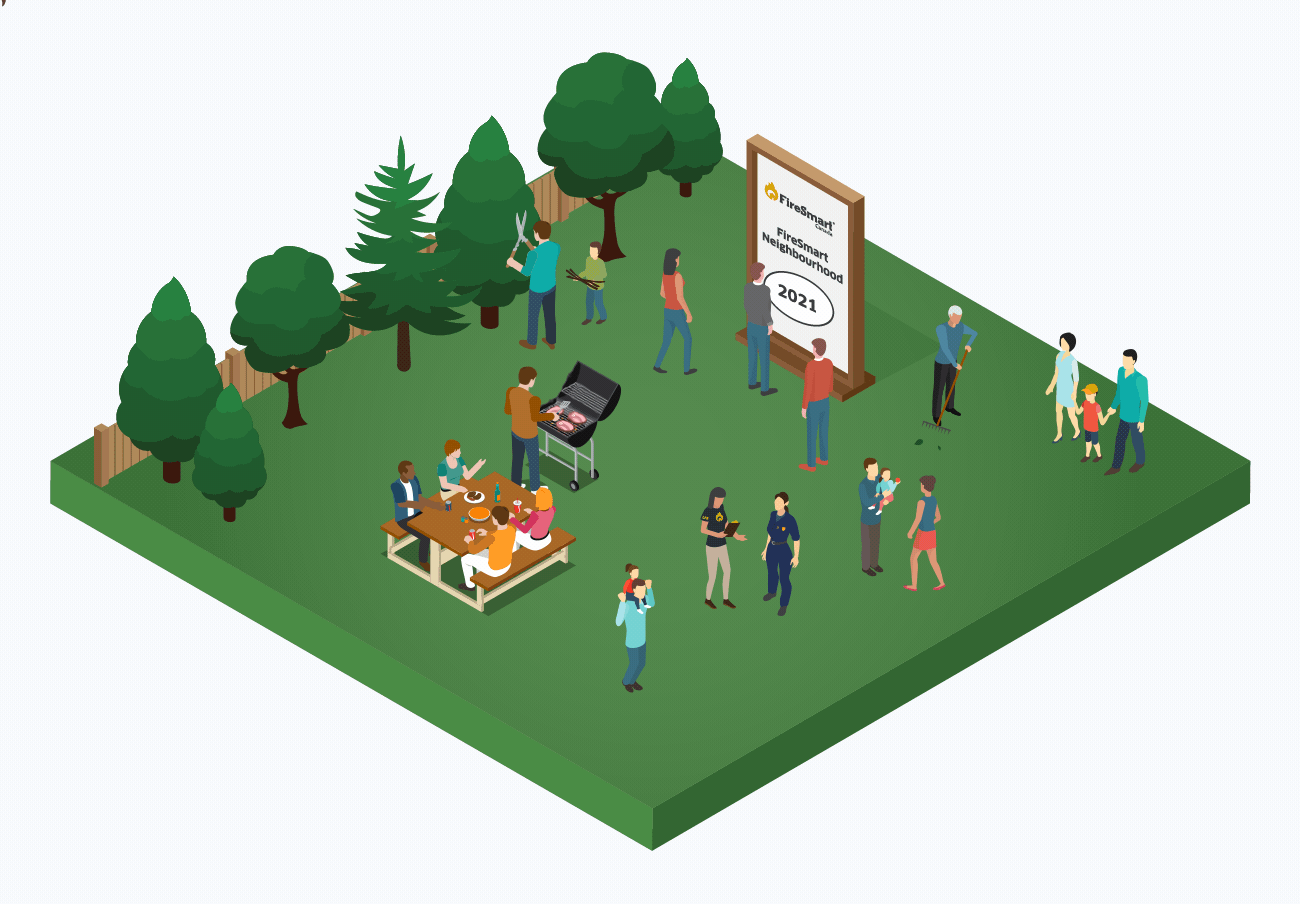
Your Local FireSmart Representative
Reach out to your Local FireSmart Representative - they’re here to advise you on everything FireSmart. They can help you:
- get a FireSmart assessment for your home and neighbourhood
- enroll your neighbourhood in the FireSmart Canada Neighbourhood Recognition Program
- understand wildland-urban interface concepts and hazards.
Local government and First Nations
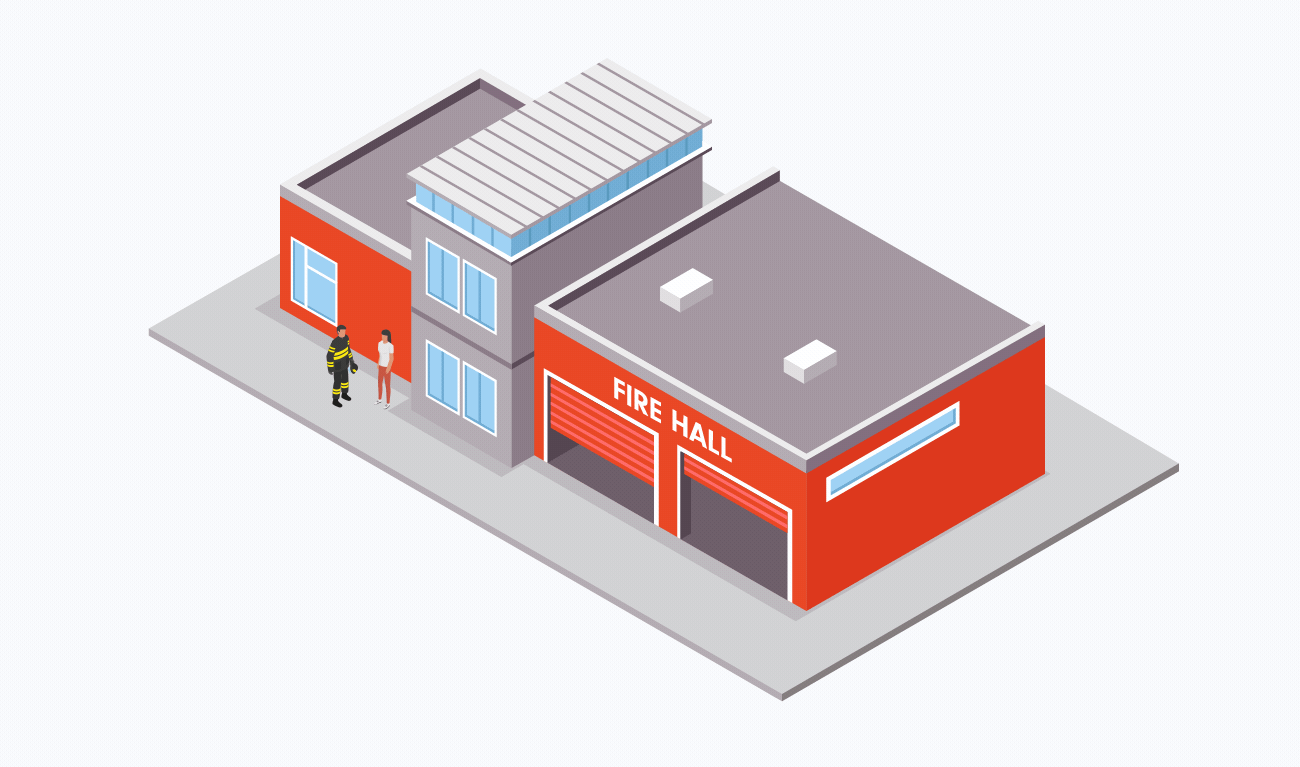
The Home Partners Program
FireSmart Home Partners is a voluntary property assessment program that helps residents identify specific actions and upgrades they can take on their property to reduce wildfire risks. The program’s primary purpose is to engage homeowners in voluntary wildfire mitigation activities by offering a professional home assessment with property-specific recommendations. This approach provides them with a comprehensive FireSmart road map for their property.

